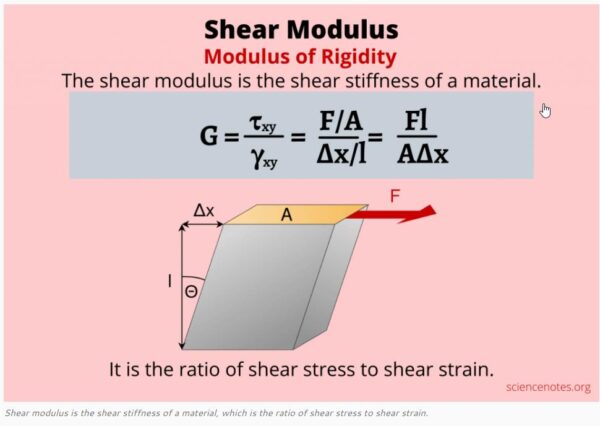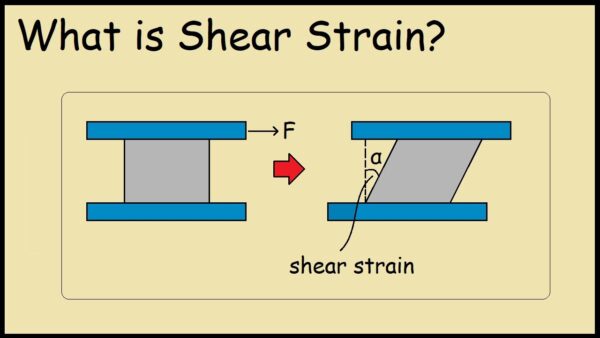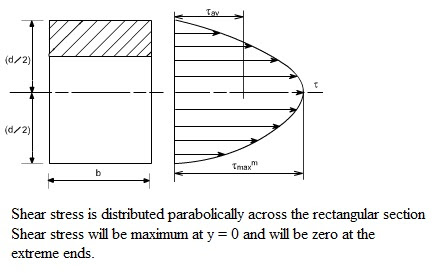Aluminum density underlies widespread structural applications from aerospace to automobiles.
Density profoundly influences material selection across structural design domains, from towering skyscrapers to graceful aircraft.
By mass, aluminum exhibits roughly one third the density of steel and 90% lower density than copper while maintaining coveted mechanical properties, especially strength-to-weight ratios.
This facilitates substantial weight reductions for mobile applications when alloyed and heat treated.
But not all aluminum grades share identical densities.
Variances arise due to the alloying constituents solidifying within the crystalline matrices along with thermo-mechanical processing paths.
Though modestly fluctuating, density regimes do exist across common cast, wrought, and heat treated alloy types.
Engineers leverage these subtle differences for precision light weighting goals.
Understanding aluminum’s inherent density advantages and minor variability among subcategories enables fully utilizing this remarkable lightweight structural metal within next-generation sustainable mobility infrastructure.
Density Range Across Cast and Wrought Aluminum Grades
All pure aluminum grades share a density around 2.7 g/cm3 regardless of temper. Differences arise among alloys by percentages of alloying elements like copper, zinc, magnesium etc. Forging or casting processes also influence densities. Typical ranges include:
• 1xxx wrought alloys – 2.71 g/cm3
- 2xxx wrought alloys – 2.77 g/cm3
- 3xxx wrought alloys – 2.73 g/cm3
- 5xxx wrought alloys – 2.68 g/cm3
- 6xxx wrought alloys – 2.70 g/cm3
- 3xx.x cast alloys – 2.58-2.85 g/cm3

Measured on a density basis, aluminum weighs around one third of common structural steel.
How is Density Calculated?
The density of an object is the object’s mass divided by its volume.
For the purposes of the aluminum industry, density is a computation based on pure aluminum’s density plus its composition with other alloying elements.
The Aluminum Association’s computed densities can be referenced to help users calculate measurements such as weight per unit length, weight per unit area, and covering area.
Aluminum’s Favorably Low Density Against Steels
Aluminum’s lower density primarily owes to its lower atomic weight since density strongly associates with the mass of atoms comprising metals. Consequently, the specific strength (strength-to-weight ratio) of aluminum alloys frequently surpasses steels at a third the density.
Leveraging Aluminum For Low Density and High Strength Combinations
Tempers like T6 heat treatment applied to select 2xxx and 7xxx alloys along with strategic alloying additions produce high strength aluminum grades approaching or exceeding some steel’s specific strength parameters.
This facilitates load-bearing designs with slimmer profiles.
Weight Calculations for Aluminum Plate or Sheet Stock
For computing component weights, the metal’s density value multiples its volume. Handbooks provide densities of common grades. With known plate thickness measurements, technicians straightforwardly derive aluminum part weights for models or quotations.
Interplay Between Aluminum Density and Corrosion Resistance
Since passivating oxide layers largely govern aluminum’s corrosion resistance, density generally does not influence corrosion except at extremes.
However, critical alloying elements like copper added for strength simultaneously reduce corrosion performance slightly.
Minimal Impact on Density From Heat Treatment
While strengthening heat treatment cycles drastically increase aluminum alloy strengths through precipitation hardening, they conduct above aluminums melting point without significantly altering density.
Quenching only locks dislocations.
Solutionizing dissolves some alloys slightly before re-aging.
Overall, heat treatment effects no major density fluctuations.
Negligible Density Change From Cold Working Aluminum
In contrast to heat treatment, cold working processes like rolling, forgoing or extrusion deform aluminum below recrystallization temperatures to densify structures.
But related density increases measure less than 1% since aluminum crystals already prove tightly packed.
Density and Mechanical Comparison of Aluminum Vs. Titanium
Titanium alloys offer higher strength-to-weight ratios than aluminum alternatives, but substantial cost premiums.
Titanium densities fall between 4-5 g/cm3 across common aerospace grade alloys with strengths exceeding some steels on equal weight basis.
Aluminum Alloys Enabling Modern Aircraft Light weighting
Advanced aluminum alloys with optimal combinations of low density and high mechanical performance continue serving as structural design solutions reducing aircraft weights for maximizing payload and fuel efficiencies.
Engineers selectively leverage aluminum’s low density in lightweight structural engineering across transportation sectors.
Density comprises a key material trait within strength-to-weight based designs.
What are the Benefits of Aluminum Density?
Aluminum density means that it is lightweight and easy to move around. Even though it’s lightweight, the material is very strong and easy to form and extrude into shapes.
Aluminum density is a significant advantage in products where lightness is considered a very important characteristic.
These include transportation components (especially aerospace and automotive), machines, and appliances. Other fields of use that benefit from low aluminum density are building materials, packaging, electrical components, household items, and food/chemicals.
Aluminum density is highly attractive to automakers, for example, for its ability to compare well with steel’s density when forming automotive parts and structures. Aluminum’s low density reduces vehicle weights which:
- Improves performance and vehicle handling
- Improves safety, crash resistance, and the ability to withstand accidents
- Allows increased payloads and fuel savings
From the standpoint of weight and cost basis, aluminum is a stronger heat conductor than copper.
Its high thermal conductivity makes aluminum appropriate for heat-based products such as radiators and cooking utensils.
It’s easy to see why aluminum’s low density is considered a positive characteristic.
Its lightweight nature makes it easily formed into different shapes and easier to move and handle in the manufacturing process.
Yet, aluminum’s low density – marked by a high strength-to-weight ratio – makes it a great choice of material where lightness, yet toughness, is paramount.






